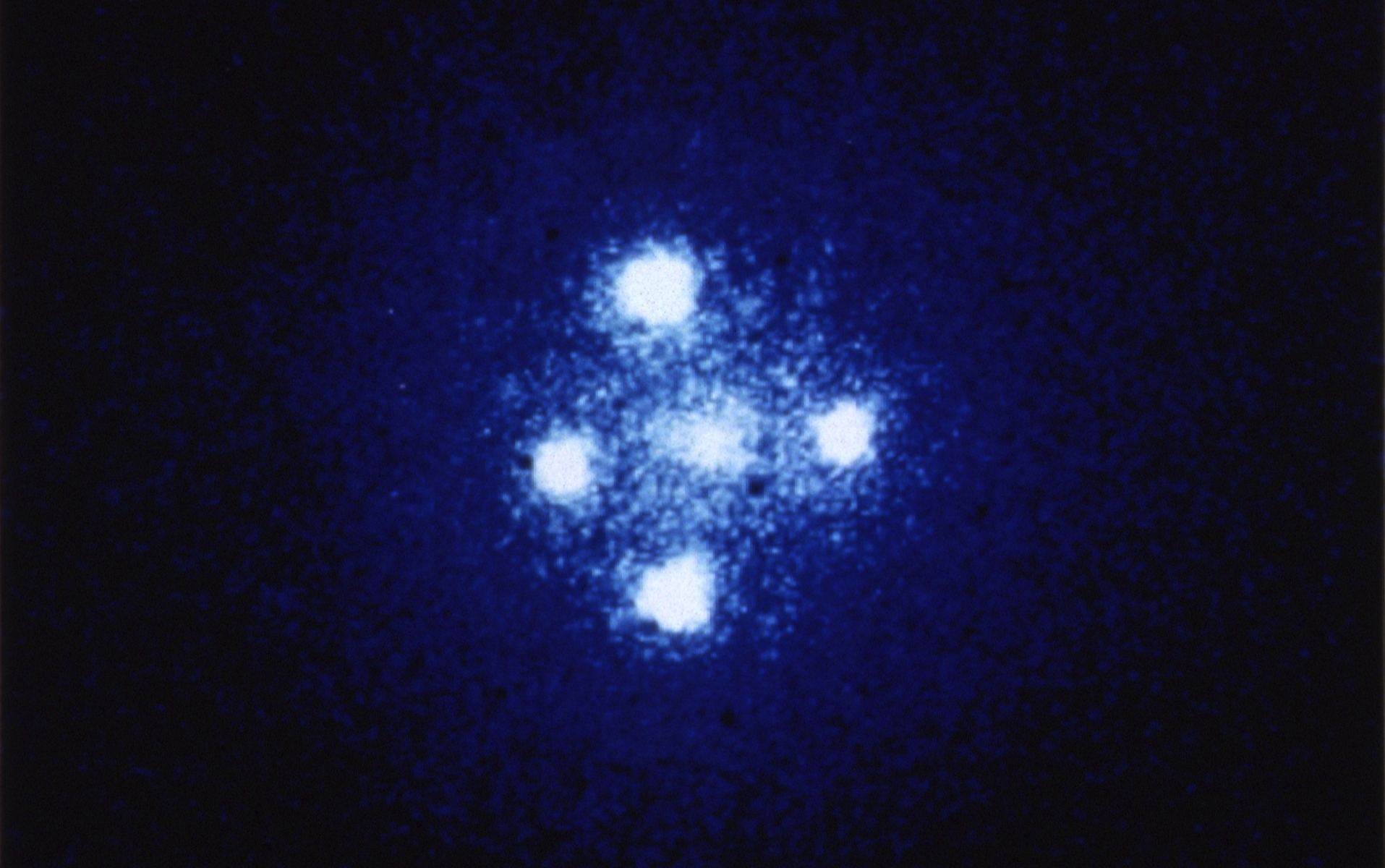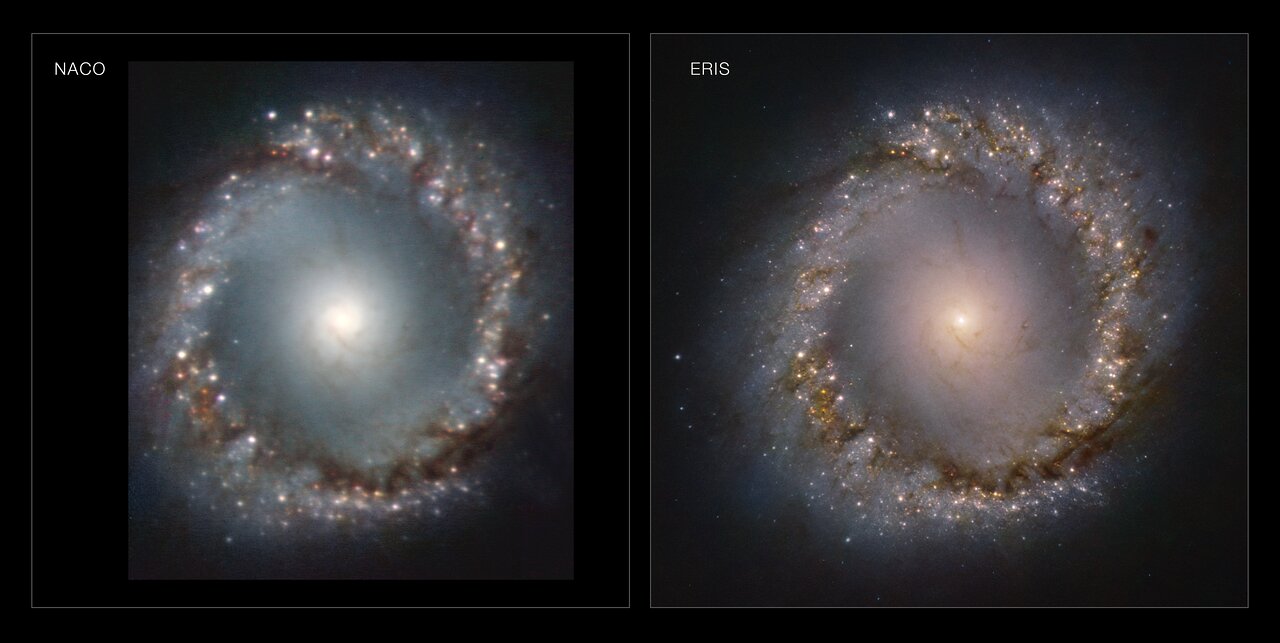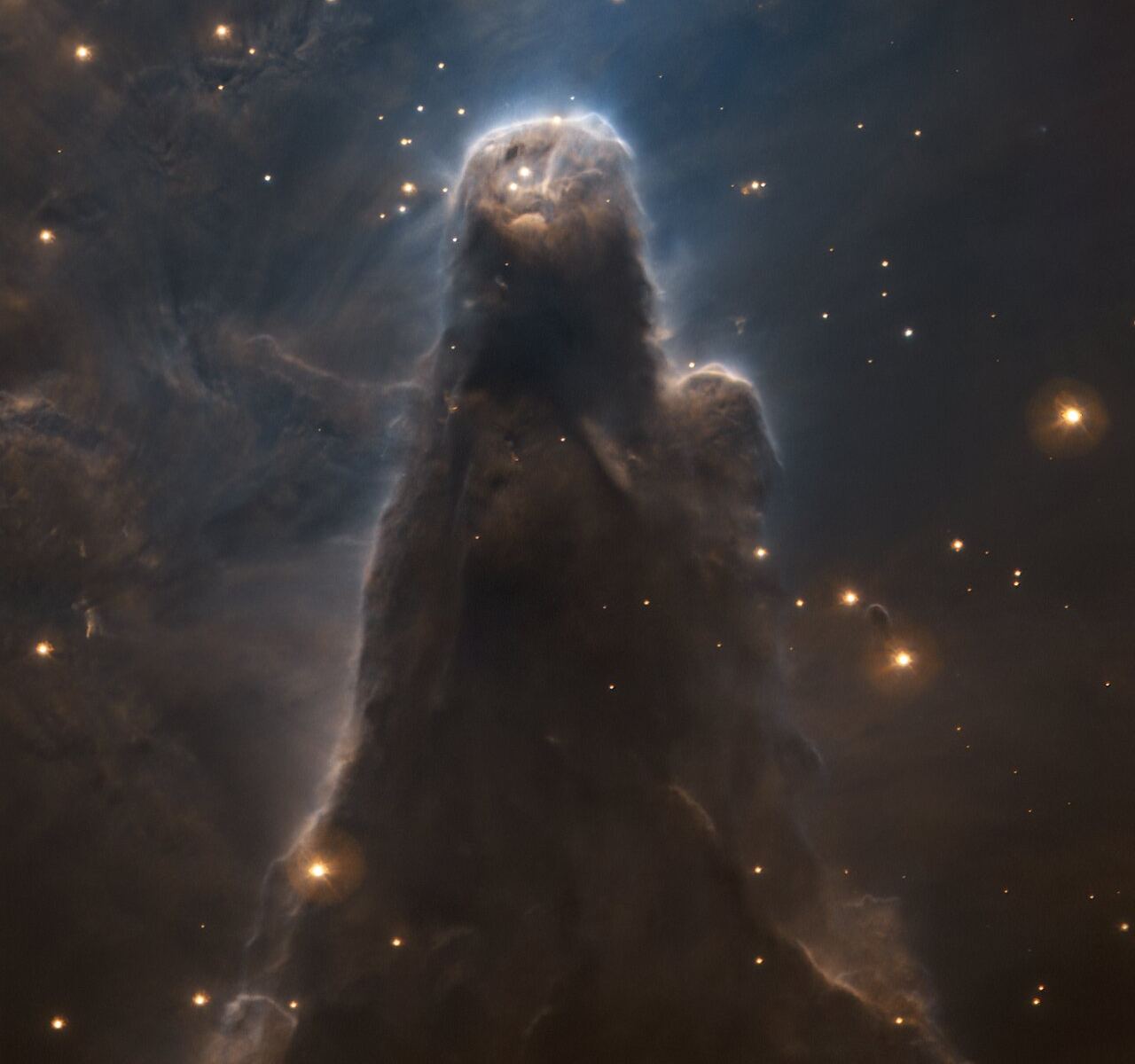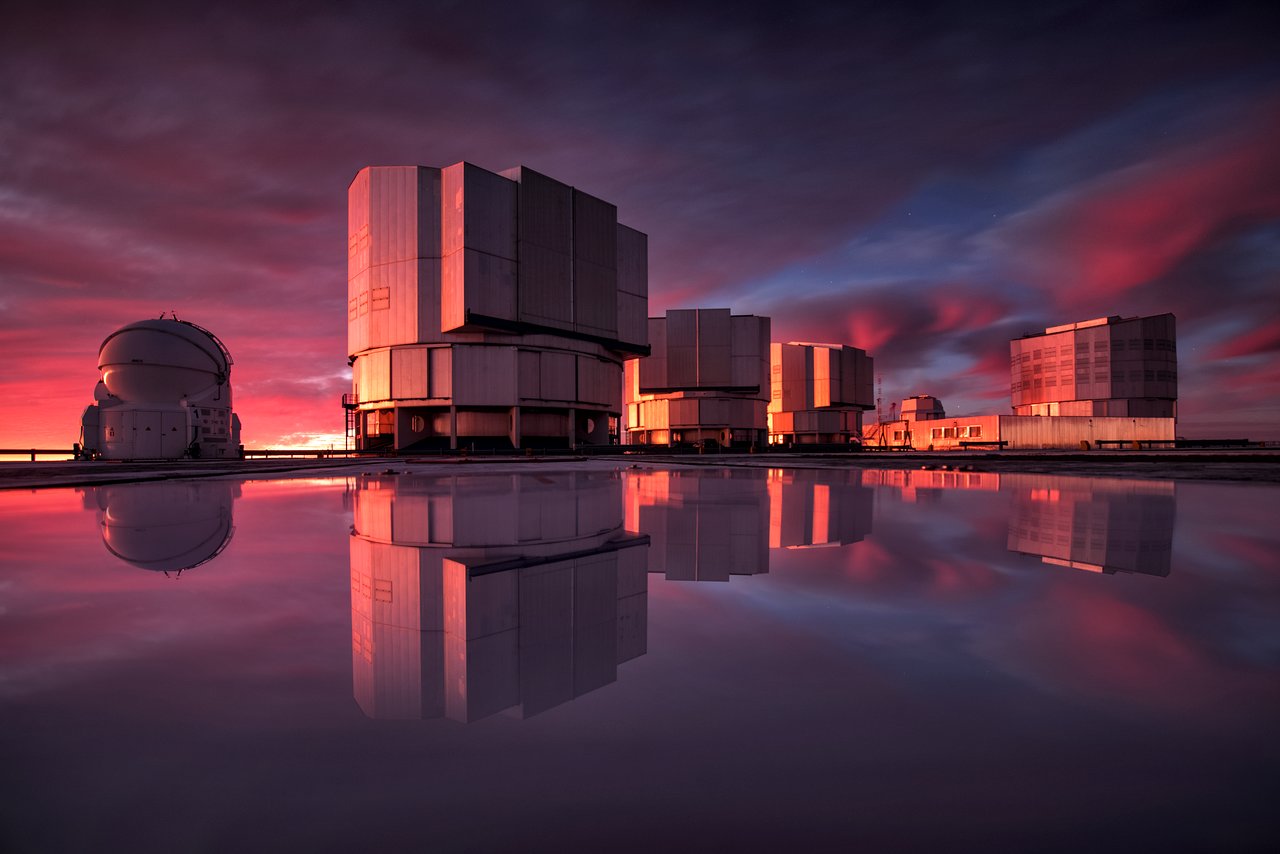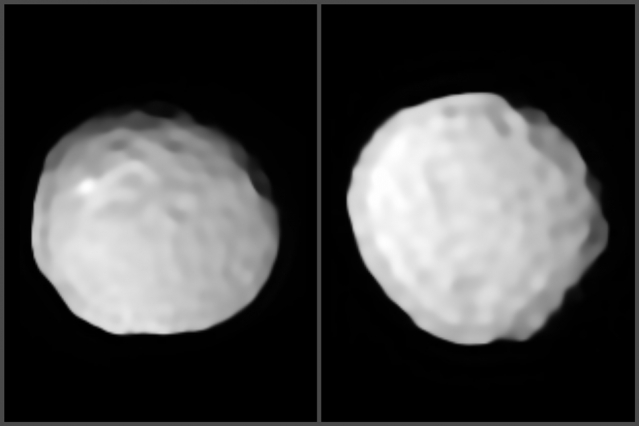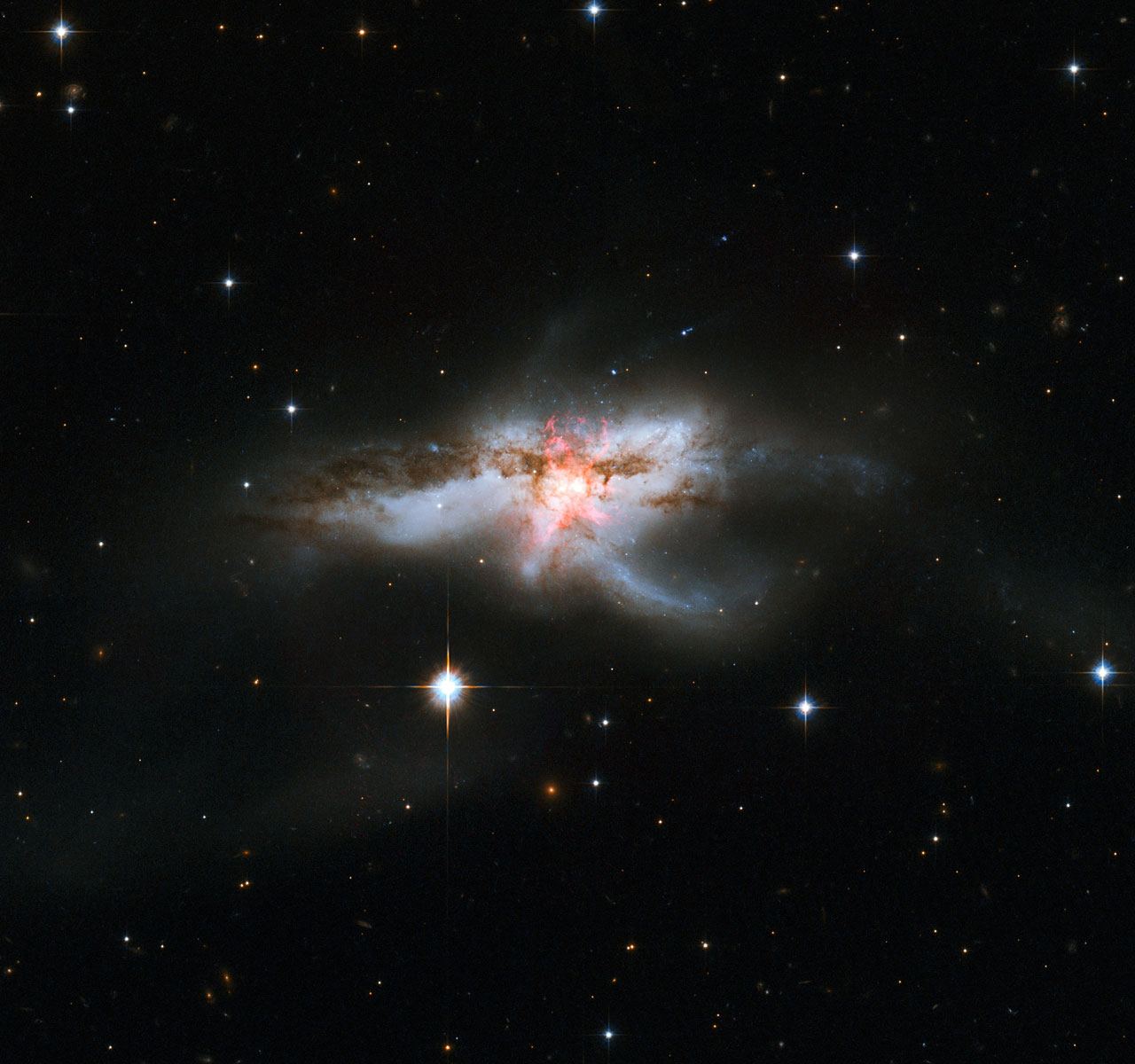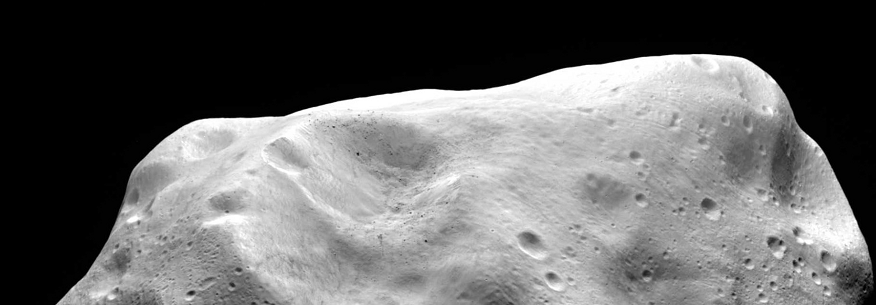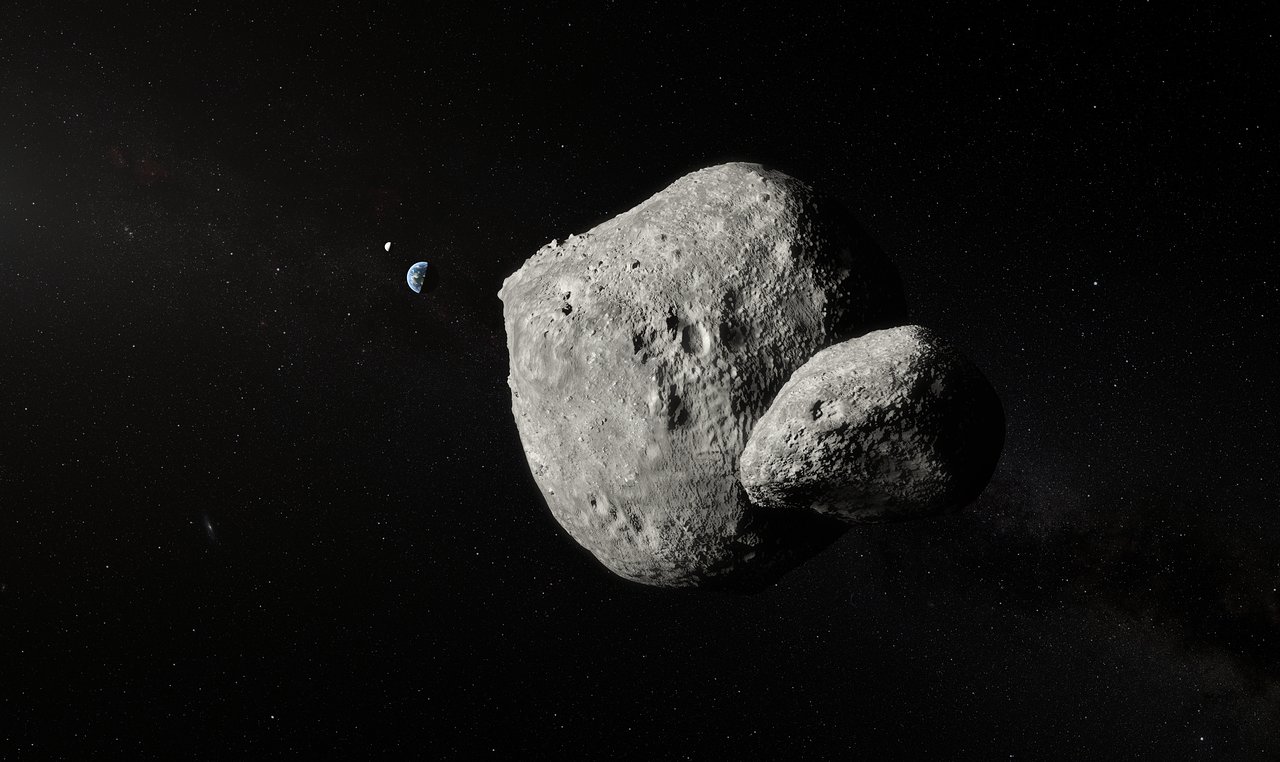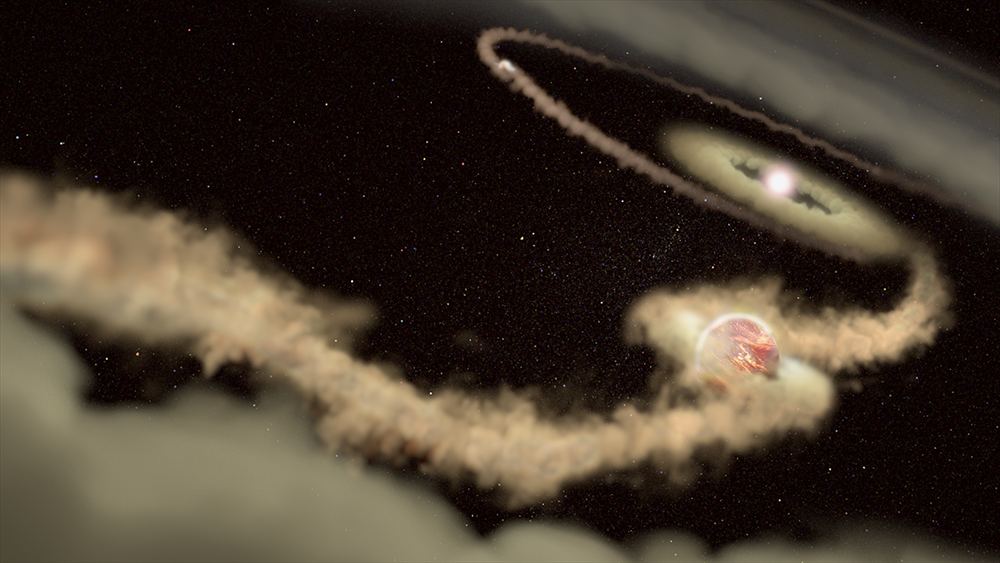Measuring cosmic distances is challenging, and astronomers rely on multiple methods and tools to do it – collectively referred to as the Cosmic Distance Ladder. One particularly crucial tool is Type Ia supernovae, which occur in binary systems where one star (a white dwarf) consumes matter from a companion (often a red giant) until it reaches the Chandrasekhar Limit and collapses under its own mass. As these stars blow off their outer layers in a massive explosion, they temporarily outshine everything in the background.
In a recent study, an international team of researchers led by Ariel Goobar of the Oskar Klein Centre at Stockholm University discovered an unusual Type Ia supernova, SN Zwicky (SN 2022qmx). In an unusual twist, the team observed an “Einstein Cross,” an unusual phenomenon predicted by Einstein’s Theory of General Relativity where the presence of a gravitational lens in the foreground amplifies light from a distant object. This was a major accomplishment for the team since it involved observing two very rare astronomical events that happened to coincide.
Continue reading “Astronomers See the Same Supernova Four Times Thanks to a Gravitational Lens”
